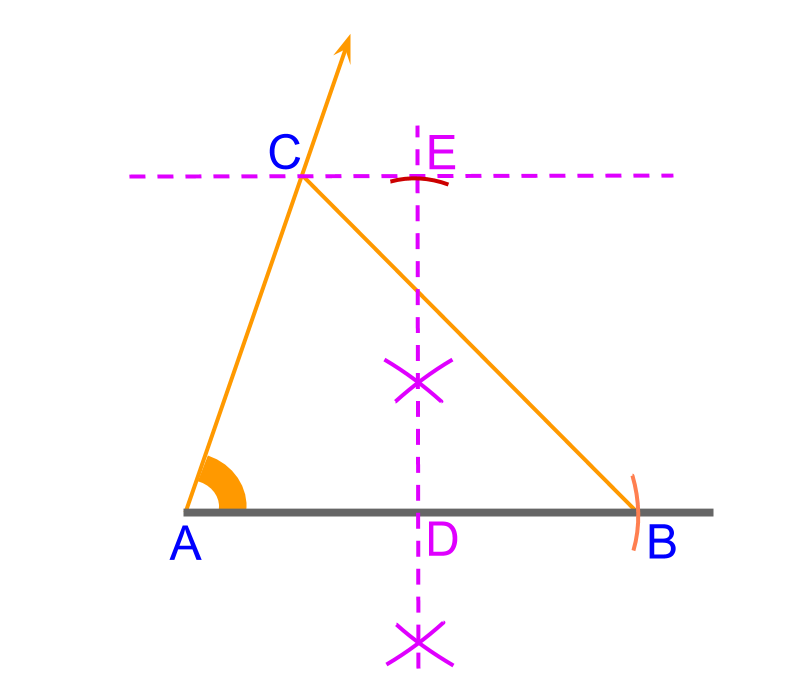

The length of the two equal sides, and the altitude of the triangle. Stadler has a geometry math set that comes with a mini ruler, compass, protractor, and eraser in a nice travel-sized pack that is perfect for students on the go and for keeping everything organized….did I mention it’s only $7.99 on Amazon?! This is the same set I use for every construction video in this post. Consider triangle P QR with angle P QR angle a, height HP HA, median. necessary for its construction being given. In order to draw a triangle, three properties are. Looking to get the best construction tools? Any compass and straight-edge will do the trick, but personally, I prefer to use my favorite mini math toolbox from Staedler. Triangles and other shapes can be accurately constructed using a protractor, a pair of compasses and a ruler. Whatever reason you have to learn about constructions I hope this helps! Stay positive and happy calculating! Best Geometry Tools! A common use is to specify the geometry necessary for the construction of a component and is called a detail. If you’re looking for more constructions out there, be sure to check out the MathSux Constructions Playlist on YouTube for even more tutorials! I hope you find this video helpful and hope it motivates you to learn even more about constructions (or you know get through your homework/pass that test). Check out the video above to see how this works step by step. The point at which they meet is the orthocenter. It is also worth noting that the position of the orthocenter changes depending on the type of triangle for a right triangle, the orthocenter is at the vertex containing the right angle for an obtuse triangle, the orthocenter is outside the triangle, opposite the longest side for an acute triangle, the orthocenter is within the triangle.In order to find the orthocenter using a compass, all we need to do is find the altitude of each vertex. Along with the use of trigonometric relationships, the altitudes of a triangle can be used to determine many characteristics of triangles. Each of the altitudes of a triangle forms a right triangle, and the altitudes of a triangle all intersect at a point referred to as the orthocenter. The base of a triangle is determined relative to a vertex of the triangle the base is the side of the triangle opposite the chosen vertex. Since all triangles have 3 vertices, every triangle has 3 altitudes, as shown in the figure below: An altitude of the isosceles triangle is shown in the figure below: In other words, an altitude in a triangle is defined as the perpendicular distance from a base of a triangle to the vertex opposite the base. In a triangle however, the altitude must pass through one of its vertices, and the line segment connecting the vertex and the base must be perpendicular to the base. This case is demonstrated on the companion page Altitude of an triangle (outside case), and is the reason the first step of the construction is to extend the base line, just in case this happens. In other geometric figures, such as those shown above (except for the cone), the altitude can be formed at multiple points in the figure. The altitude meets the extended base BC of the triangle at right angles.

Altitude in trianglesĪltitude in triangles is defined slightly differently than altitude in other geometric figures. Note that the altitude can be depicted at multiple points within the figures, not just the ones specifically shown. The dotted red lines in the figures above represent their altitudes.


 0 kommentar(er)
0 kommentar(er)
